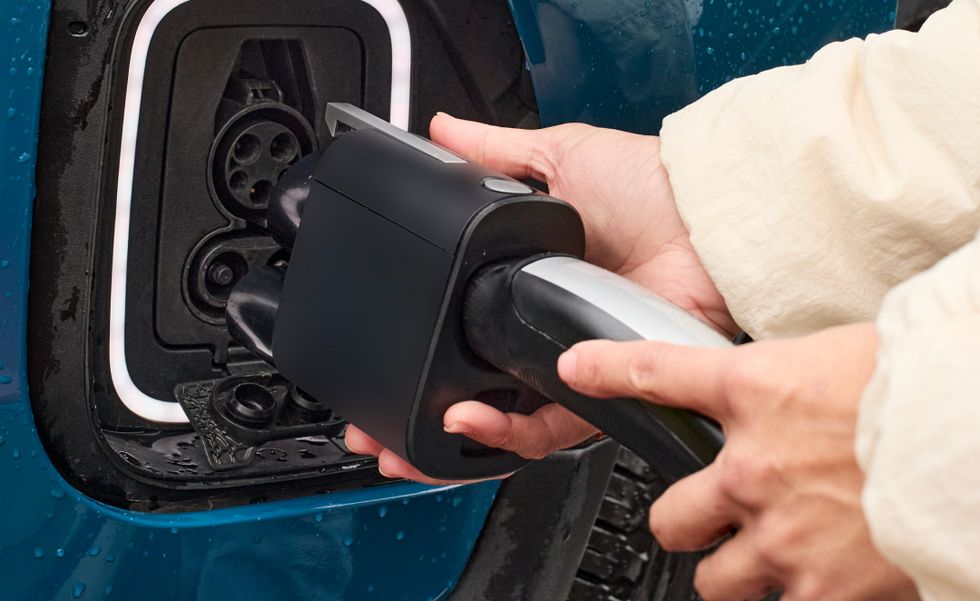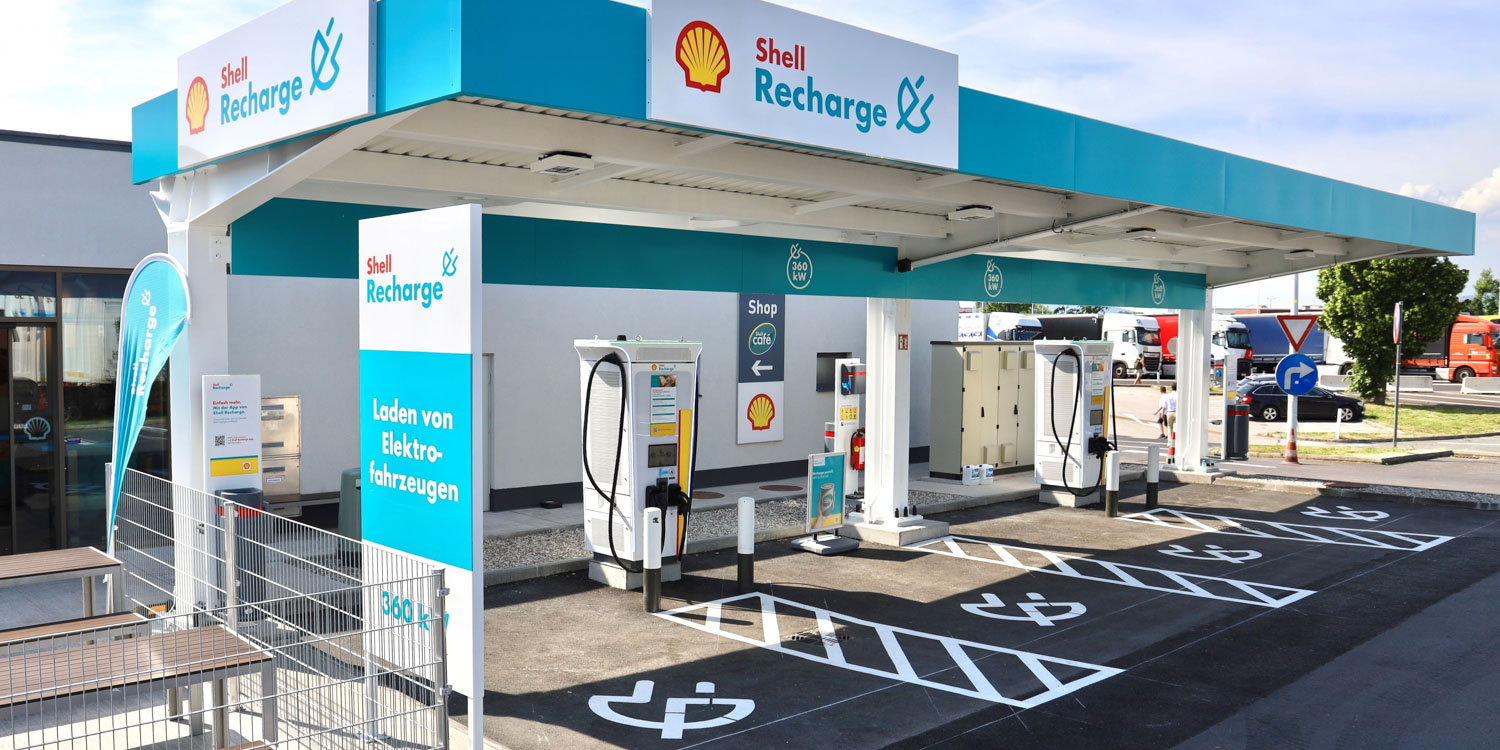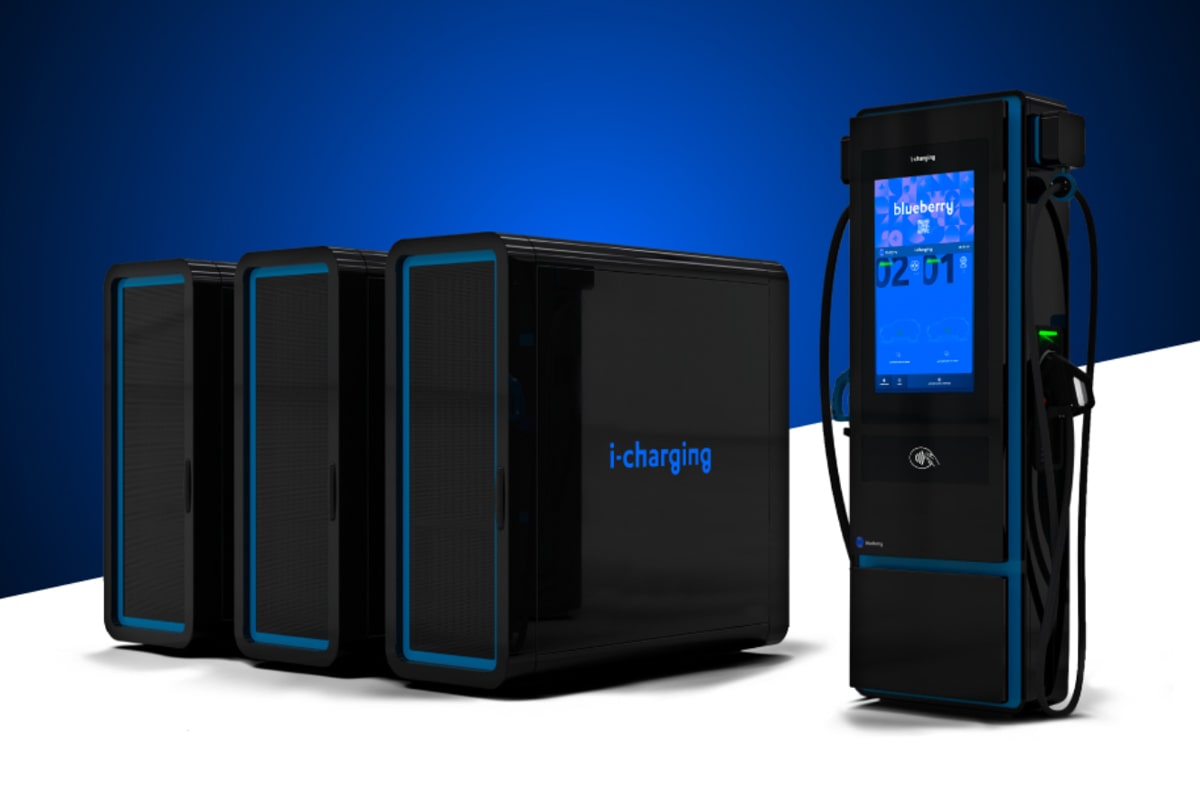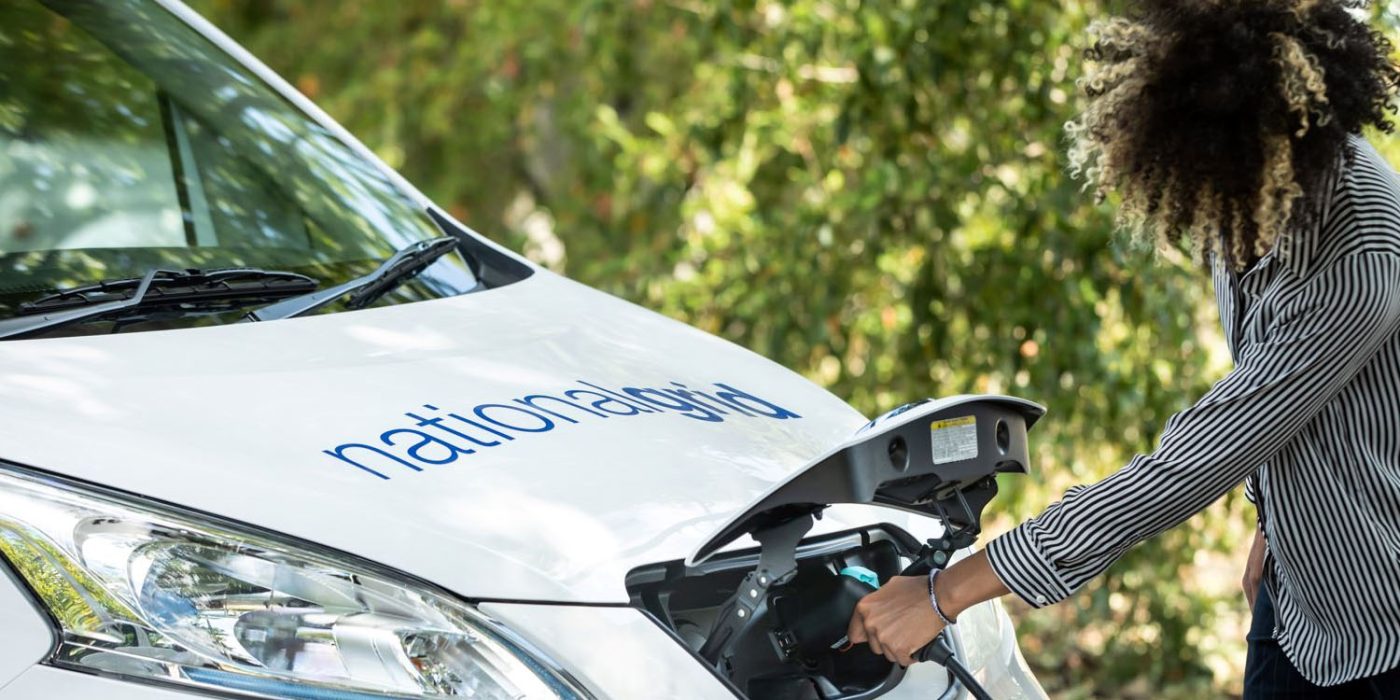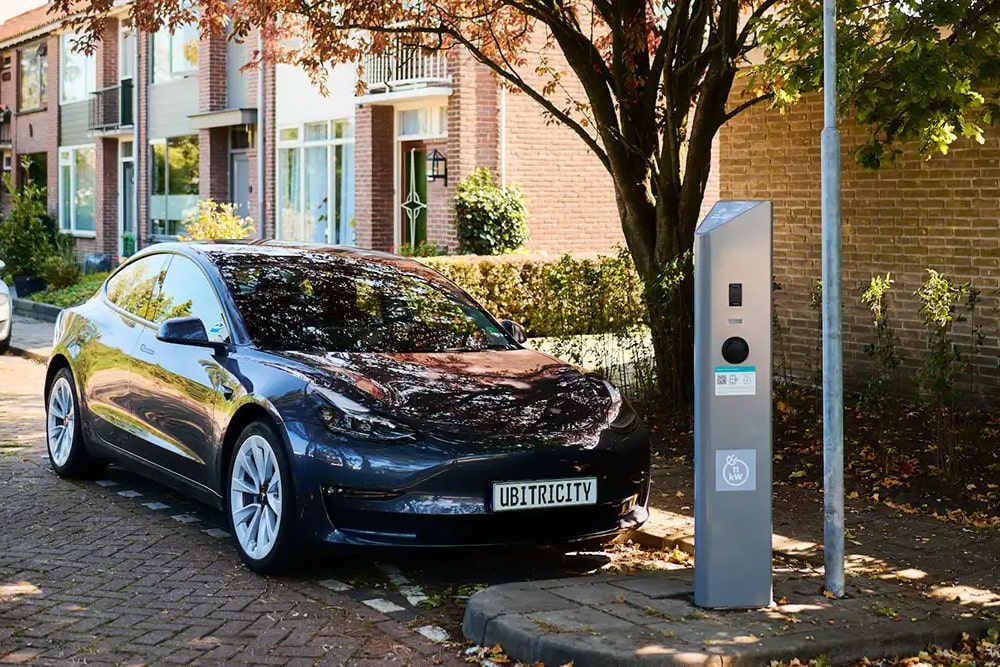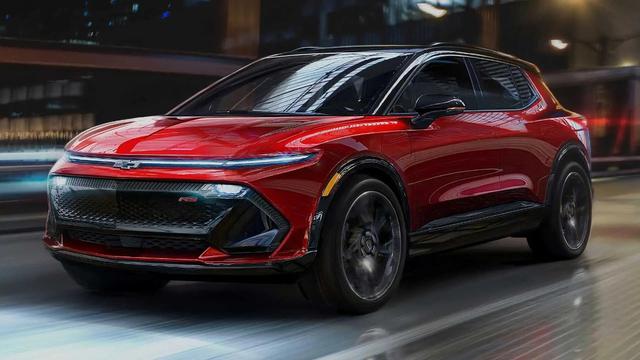Rivian has followed in Ford’s footsteps by adopting Tesla’s NACS plug, marking a significant step in standardizing electric vehicle (EV) charging infrastructure. This move has paved the way for other major EV manufacturers to follow suit. Rivian has become the second automaker, after Ford, to offer its customers access to Tesla’s Supercharger network. Notably, Supercharger locations are now integrated into the Rivian app and navigation system, simplifying trip planning with charging stops at these stations.
Tesla opened its Superchargers to third-party EVs in North America in early 2023, using a special adapter called Magic Dock on selected chargers. Initially, Rivian owners had to install the Tesla app, create an account, and pay through the app to use Superchargers. However, with the NACS deal, EV manufacturers can utilize Tesla stations without requiring users to install the Tesla app or create an account, though Tesla subscribers receive preferential tariffs.
Recently, some Rivian owners discovered they could charge their EVs at Tesla Superchargers using a third-party adapter, initially by deceiving the system into recognizing their car as a Ford through the Tesla app. However, Tesla quickly rectified this, and Rivian owners can now access Superchargers legitimately through their own app.
Decent speed. Very decent. pic.twitter.com/mNba8KgJ01
— @ryanhuber (@ryanhuber) March 18, 2024
The integration of Tesla Superchargers into the Rivian app and navigation system allows for easy planning and payment using plug & charge, where the default payment method stored in the Rivian account is used. Tesla subscribers initiating charging through the Tesla app can enjoy up to a 25% discount compared to standard tariffs, a benefit also extended to Ford EV owners.
Rivian’s Supercharger support was rolled out to customer vehicles with the 2024.07.02 update, which also included improvements to the navigation app. The update, rushed through validation with testing starting just two days prior to rollout, signifies Rivian’s urgency in implementing this feature. Additionally, Ford’s F-150 Lightning, Mustang Mach-E, and E-Transit gained access to Tesla’s DC fast charging network in early March, with Ford providing free adapters to its EV owners.
*********BREAKING NEWS**********@Rivian access to @Tesla Superchargers has officially gone live !!! @Hilbe @KevinMelnuk @RivianUpdates @RivianTrackr pic.twitter.com/kn9sdMl9q9
— Tyrone Holland🚀🧑🏽💻 (@SP_LimitReviews) March 18, 2024
While Ford has announced plans to provide free adapters for its EV owners, Rivian has not yet made a similar announcement, requiring R1S and R1T owners to source their NACS to CCS1 adapters independently. Despite this, the latest version of Rivian’s mobile app now displays Tesla Superchargers on the charging map, indicating unofficial access for Rivian owners.
Rivian’s R1S and R1T, like Ford’s EVs, are equipped with a CCS1 inlet, while Tesla uses the NACS connector on its North American EVs. The upcoming R2, R3, and R3X models from Rivian will feature a NACS inlet, aligning with Tesla’s charging standard.
While Tesla’s latest Supercharger stalls, V4, have a built-in adapter, operational V4 stalls are currently limited in the United States and Canada. Most Tesla DC fast chargers are V3 stalls, which do not have a built-in adapter except for those with the Magic Dock feature, usable by any brand of EV.


